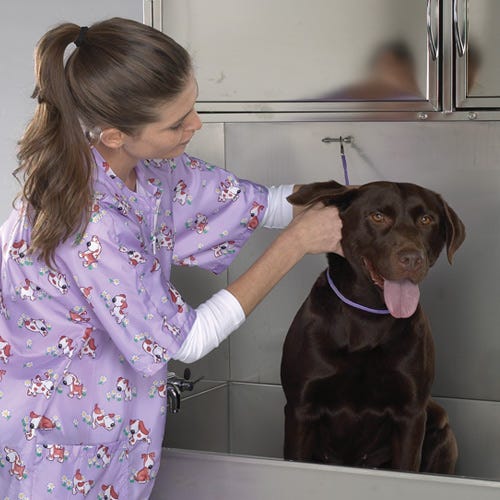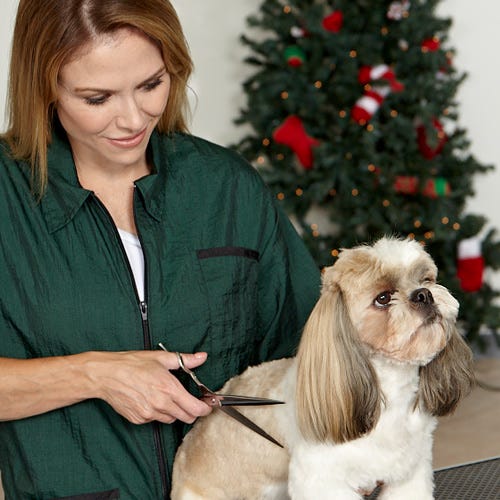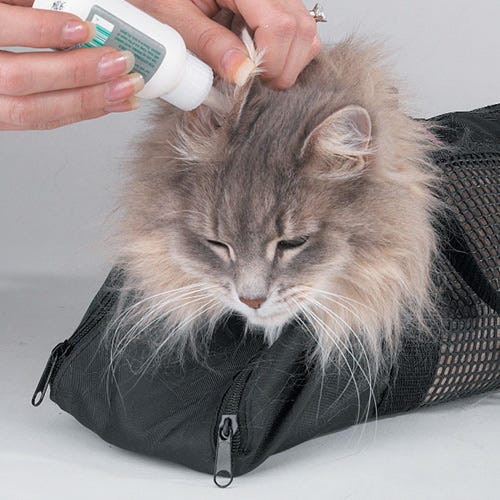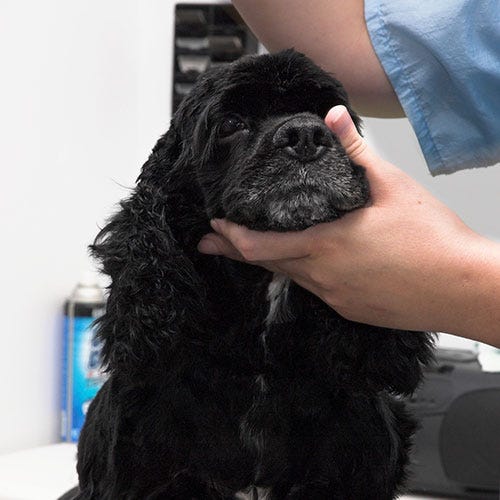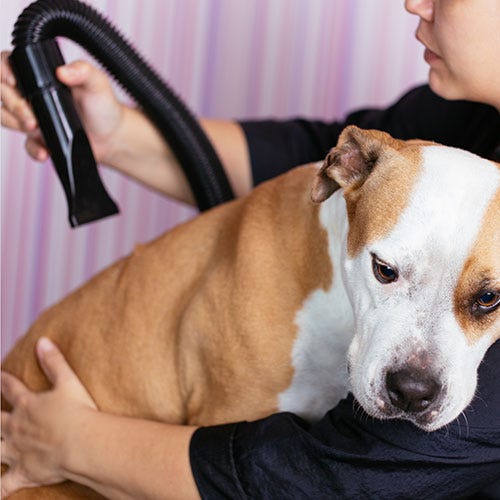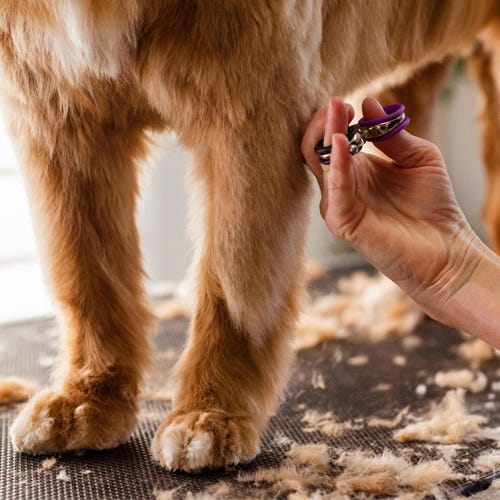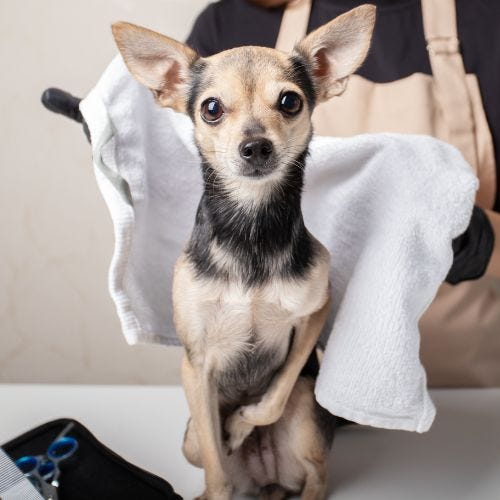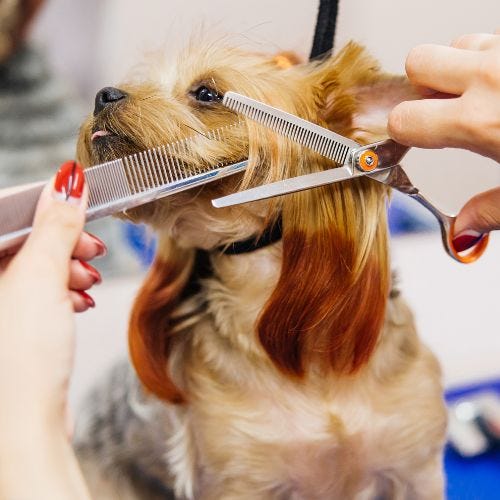There are some radical differences between pet grooming a few decades ago and today. Tubs and tables that move up and down, high-velocity dryers, bathing and vacuum systems, and other contemporary tools make grooming far more efficient and less strenuous. But perhaps the most significant difference is the advent of modern oral and topical flea and tick control.
Today's groomers may go days, weeks, or months without encountering a dog or cat hosting fleas and ticks. This was not always the case. It was not that long ago that almost every pet had at least a few external parasites during the warm months, and many would come to the groomer crawling with fleas, ticks, or both. It was common practice for groomers to use flea shampoo on almost every animal they groomed, and we often followed that up with some heavy-duty chemical dips. Many groomers today have never experienced being coated in chemical dip from head to toe after being on the receiving end of pets shaking the treatment off all day. This is a blessing we should all be grateful for.
Some groomers currently have a zero external parasite rule, refusing to work on any animal that comes to them harboring creepy crawlies. Others will accept dogs with parasites but charge a hefty fee (some I have seen are in the $150 range) to give a flea bath and then treat their grooming area to prevent the transmission of the critters to other clients.
It is a good idea to stock some shampoo that will effectively deal with parasites if you discover a pet harboring hitchhikers. Read the product instructions carefully; many require several minutes of contact in the coat to kill the pests. If the product is concentrated, dilute it precisely as the manufacturer describes for best results. If bathing a cat, be sure the active ingredients are safe for use on felines.
Because fleas have an uncanny ability to hide where the effective ingredients in shampoo cannot reach them, the following method will offer the best results:
- Using properly diluted shampoo, apply a ring around the dog or cat's neck while the coat is still dry. If you pre-wet the pet, you dilute the shampoo more than necessary. Work the shampoo to the skin, ensuring the entire neck is encircled. Once fleas feel the water in the coat, they naturally march for high ground, hiding in ear canals, eyelids, nostrils, and lip folds. The idea here is to create a barrier that will prevent them from reaching spots where they can hide.
- Once the neck is well treated, work the shampoo through the rest of the coat, ensuring you get down to the skin. Pay special attention to the areas between the toes and the genitals where fleas will try to avoid the bath.
- Apply the shampoo to the head. Because some flea shampoos irritate the eyes, you may use your regular shampoo on the head and let it sit for several minutes.
- This is also the time to employ a flea comb to catch insects moving around the eyes, lips, and ears.
- Set a timer, let the product contact the skin and coat for the recommended time.
- Rinse well and repeat.
- Ticks are more difficult to kill than fleas and must be removed individually. Place them in a lidded container with water and a bit of shampoo to ensure they don't escape into your groom space.
Fleas have a waxy coating on their exoskeletons that allows them to remain alive underwater for hours and sometimes days. The shampoo's surfactant helps break down that water-repellent surface so that the insecticide can come in contact with the flea and do its job.
Remind clients that while flea shampoo will kill most of the fleas on the pet, it will not prevent new fleas from jumping on once they are clean and dry. They should consult their veterinarian to find the safest oral or topical preventative to keep their pet parasite-free.


